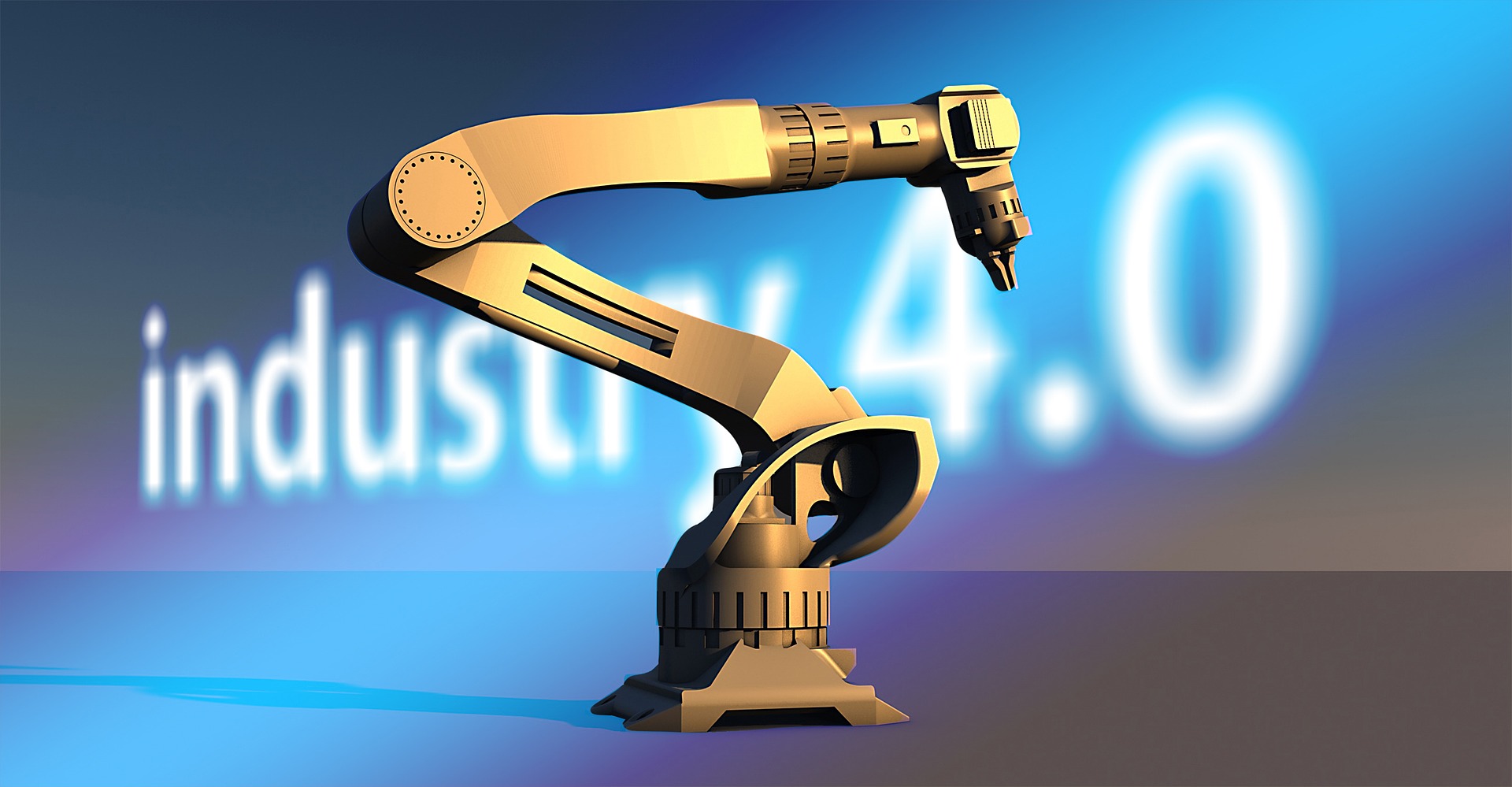IIoT, When Industry 4.0 Discovers The Internet of Things: Features and Applications

Industry 4.0 was born thanks to the numerous technological innovations that have made it possible to integrate new production technologies in the field of industrial automation, with the aim of improving and creating new business models and increasing productivity. The concept of Smart Factory well summarizes the type of companies that have decided to adopt automated and intelligent systems to complete their production activities. Thanks to CPS (cyber-physical) systems, these companies have the ability to make the machines communicate and operate in close contact with the real world and therefore thanks to the use of innovative sensors, devices and tools they operate in a faster, safer and more productive way.
What is the role of the Internet of Things?
There exists a strong link between IoT objects (devices always connected) and cyber-physical systems (CPS), because the adoption of these IoT devices allows companies to monitor all company processes in real time, and to collect data to analyze or use as signals for enabling processes that depend on the completion status of others.
In addition to the IoT there is an evolution called IIoT: Industrial Internet of Things
The IIoT devices arise from the specific need to have equipment specifically designed for the contexts in which industry 4.0 operates; therefore, it is necessary that these devices have different physical and technological characteristics from the typical IoT devices. In many cases, they must be more resistant, or they must be able to withstand extreme conditions such as temperature variations, corrosion due to immersion in water. Furthermore, these devices are able to manage greater amounts of data lately sent to processing units involved in analyzing them. The IIoT equipment varies from small sensors to complex automatic machines (robots) and their application is transversal because they are useful in many sectors from agriculture, healthcare, financial services, retail, manufacturing, smart cities and similar.
The use of industrial IoT can generate even revolutionary operational efficiencies as well as open up completely new innovative business scenarios. Some examples include the application:
- - In healthcare with remote monitoring of implanted sensors on patients;
- - In the supply chain through the automation of the tracking processes, the replacement of barcodes with RFID and GPS, the analysis of data for the forecast and inventory;
- - In the field of smart lighting applied to smart-cities or smart industries like Bee-IOT does with DOMEXA, integrating artificial intelligence, internet of things and Amazon Alexa.
Therefore with the business declination of the Internet of Things, the world begins to experience a new era of innovation, because the economy is preparing for some events comparable to a fourth industrial revolution. Thanks to the possibility of connecting various devices, sensors and devices, the possibility of managing all the data and their recording, analysis and collection are outlined. However, there is no lack of priorities to consider, these are composed of the need for new technologies for future communication standards, embedded systems, augmented reality for those contexts in which it is necessary to make use of realistic simulations. Finally, the security of the systems is particularly important because the number of external attacks is constantly increasing and the growing need for secure, verifiable and privacy-sensitive systems is looming.
Bee-IoT believes in the IIoT revolution and constantly develops innovative business solutions to support those companies that have decided to make innovation their strong point (smart-factory) by adopting advanced technological solutions for process automation and 'data analysis.
Discover More
Discover how to apply the IoT to simplfy and innovate your business with this module.